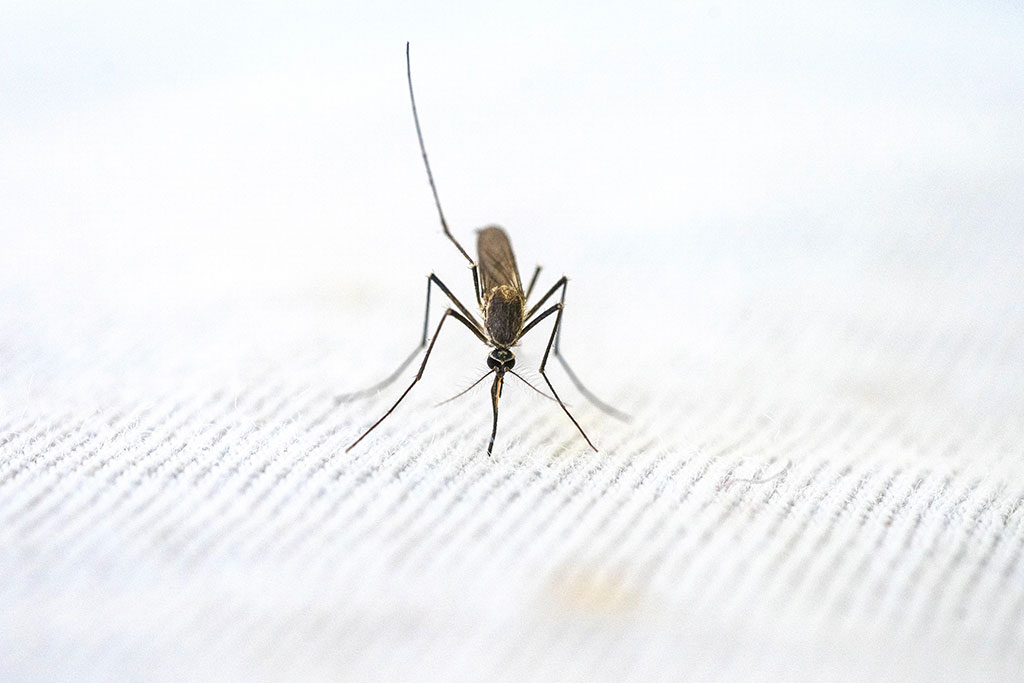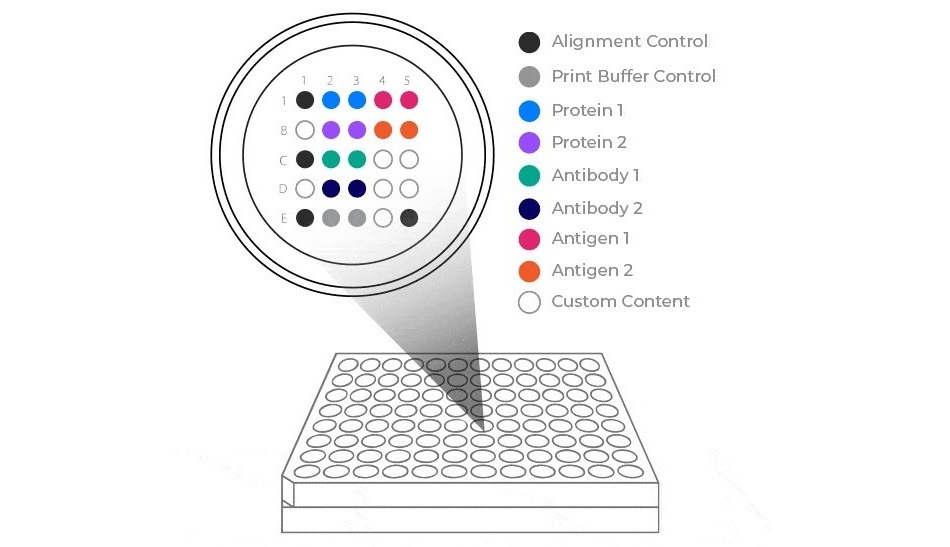Rapid Diagnostic Test Uses Light to Detect Malaria without Blood Samples
Posted on 09 Jan 2023
Rapid tests, which are easy to deploy and require minimal equipment, provide an important diagnostic tool in the ongoing effort against malaria, which affects more than 250 million people around the world annually. While the advent of these tests has greatly advanced diagnosis in regions where the disease is endemic, they still involve invasive blood draws from patients, which require skilled medical personnel and pose additional safety risks. Now, a team of scientists is developing an alternative: a rapid diagnostic test that uses light to diagnose the often deadly disease - no blood draws or finger pricks needed.
Current rapid malaria tests involve applying a blood sample to a testing strip that can detect the presence of malaria-causing plasmodium parasites in red blood cells. Such tests can be administered at the point of care and provide results in about 20 minutes, but also are inadequate for detection of asymptomatic infections where the level of parasites in blood is low. The team of scientists led by Johns Hopkins University (Baltimore, MD, USA) has improved on that model through the development of a hand-held screening device that can scan a patient’s arm or finger to detect the presence of malaria, eliminating the need to draw blood. Called ParaSpy Plus, the technology depends on an optical fiber probe that combines two spectroscopy modalities, label-free Raman spectroscopy and diffuse reflectance spectroscopy, or DRS, to noninvasively quantify malaria parasites in red blood cells.

Thanks to the fiber probe, Raman and DRS measurements are sequentially performed in vivo without sampling blood. When collected by the device, the measurements will then directly feed into artificial intelligence algorithms that can provide a quick and accurate diagnosis. The team plans to integrate its new sensing technology and AI software into a single portable screening device. And without any blood draws or sample preparation, the device can be used to screen for malaria outside of a clinical setting, such as in schools or community centers. The team expects that at the end of the three-year project period, the prototype will be ready for large-scale validation via clinical studies in different malaria-endemic regions. ParaSpy Plus will also be adaptable to the diagnosis and treatment of many other diseases, according to the team.
“With our proposed method, there are no invasive finger-pricks. Instead, we are working on a way to diagnose whether a person has malaria through non-invasive measurements using near-infrared light,” said team leader Ishan Barman, an associate professor of mechanical engineering in the Whiting School of Engineering. “The secondary goal of our work is to explore the capability of this platform for the diagnosis of diseases with high prevalence among the same populations, such as anemia and sickle cell disease.”
Related Links:
Johns Hopkins University













